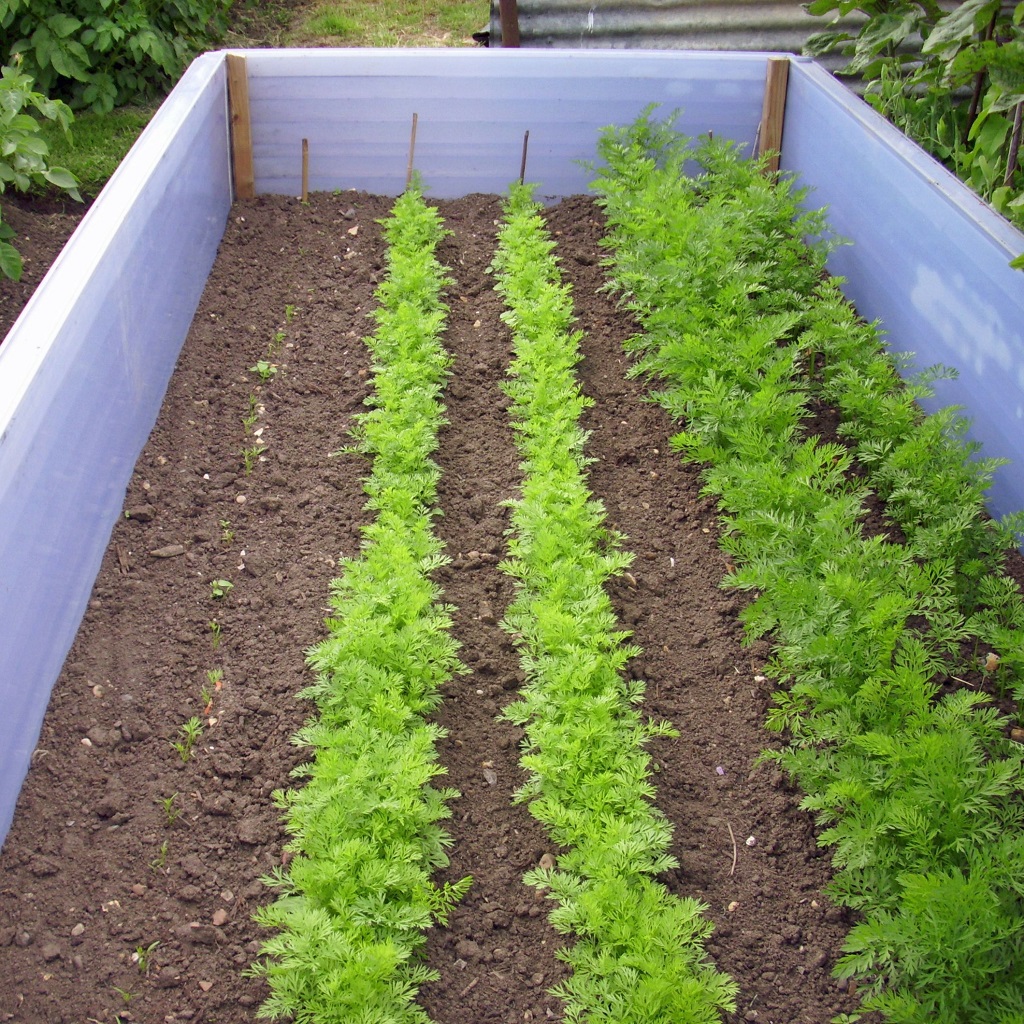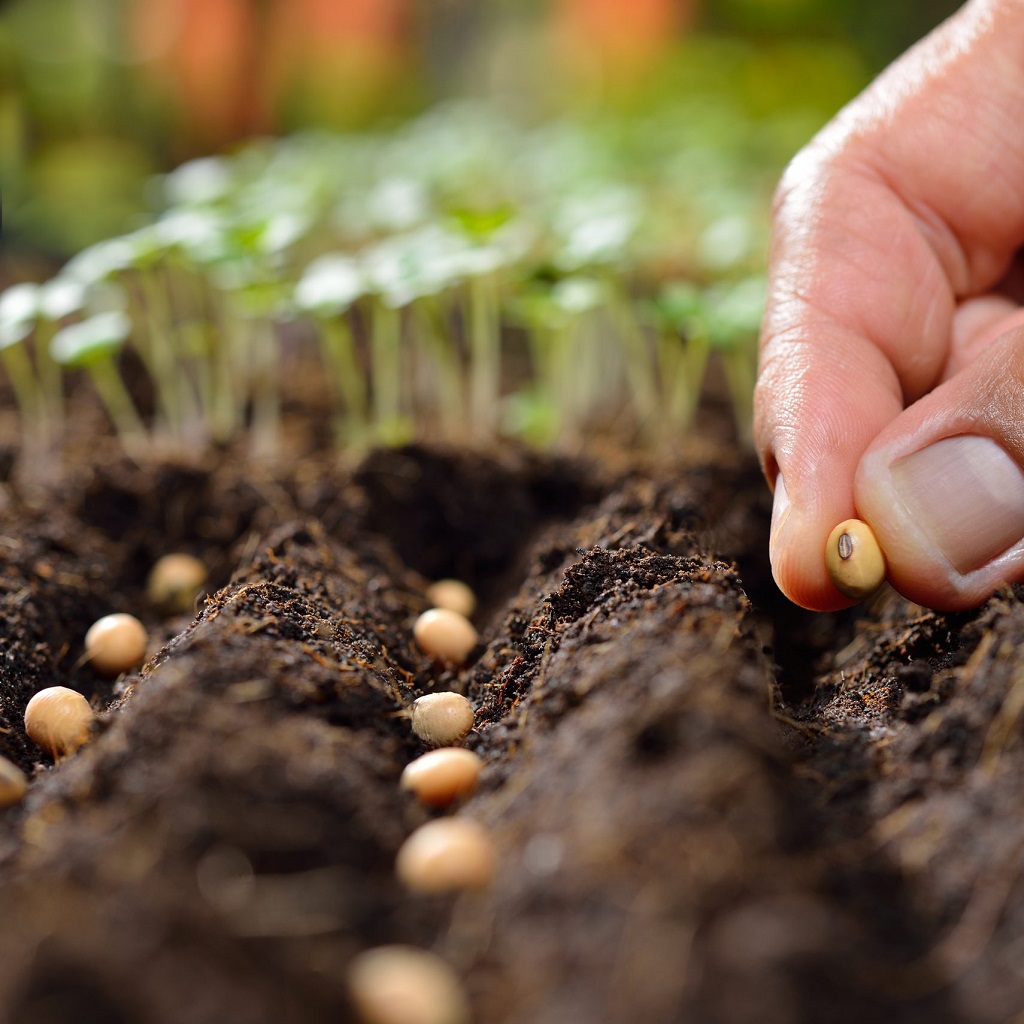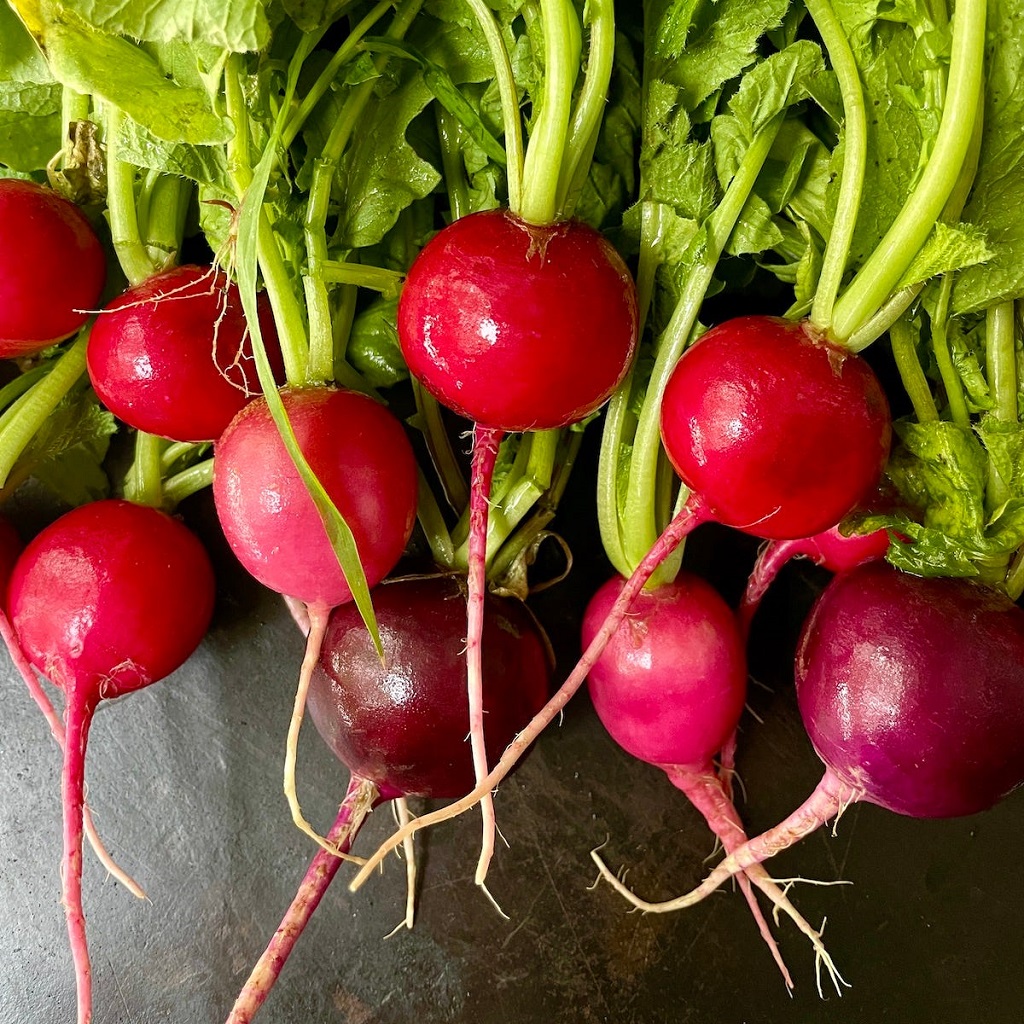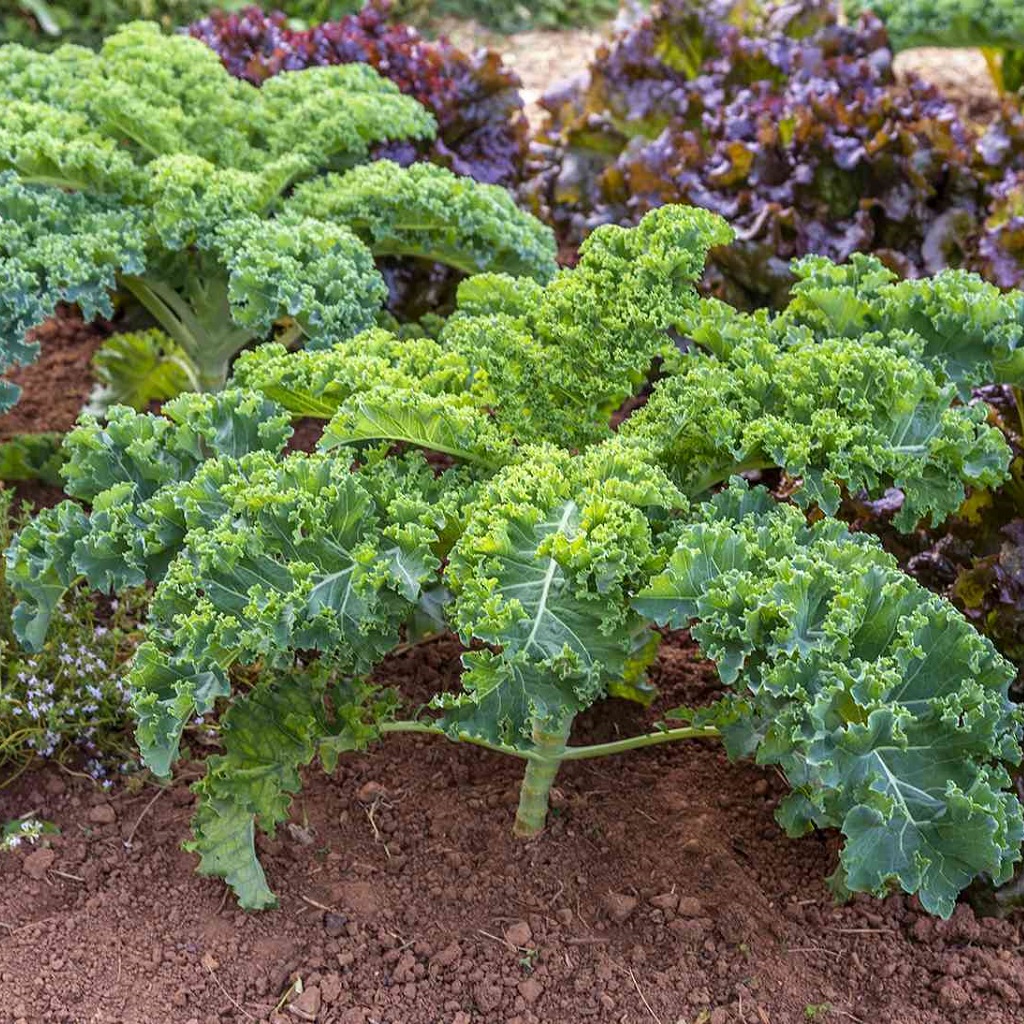Category: Planting & Harvesting
Planting involves preparing the soil and planting seeds or seedlings, while harvesting is the process of collecting mature crops after they have reached a desired stage of maturity. Successional planting and harvesting can help extend the harvest period of certain crops. Timing is crucial for both planting and harvesting, with different crops having different needs and optimal harvest times for flavor and nutritional value.
-

Continuous Bounty: Mastering the Art of Succession Planting
For gardeners aiming to maximize their harvests and enjoy fresh produce throughout the growing season, succession planting is a game-changing strategy. Rather than planting all your crops at once and facing a glut, then a dearth, succession planting involves staggering your plantings to ensure a continuous, manageable yield over an extended period. The core idea…
-

Seeds vs. Starts: Choosing the Right Beginning for Your Garden Plants
When planning your garden, one fundamental decision is whether to sow seeds directly into the soil or to purchase young plants, often called “starts” or “transplants,” from a nursery. Both methods have their advantages and disadvantages, and the best choice often depends on the type of plant, your climate, and your gardening goals. Direct Sowing…
-

Easiest Plant to Harvest in a Home Garden
Radishes are easy to grow and are best planted in spring or fall in a sunny location with well-drained soil. Sow seeds directly into the ground, keeping the soil consistently moist and providing regular irrigation. Succession planting, where you sow seeds every few weeks, can ensure a continuous harvest. Timing and Location Planting Care Harvesting…
-

Growing Kale
To successfully plant kale, choose a sunny location with well-drained, fertile soil, rich in organic matter. You can either direct sow seeds (1/2 inch deep, 3 inches apart, then thin to 12-18 inches) or start seeds indoors and transplant them later. Ensure adequate spacing between plants (12-18 inches apart) and rows (18 inches to 2…
-

Harvesting Artichoke
To successfully harvest artichokes, you should aim for tightly closed, firm buds that are at least 3 inches in diameter. Harvest when the bracts (outer leaves) are still tightly closed and before they begin to open and turn purple, as this indicates they are past their prime. You’ll want to cut the bud along with…
-

What to Plant in the Fall
In San Diego’s mild fall climate, you can plant a variety of cool-season vegetables and flowers for a harvest in the late winter or early spring. Good choices include leafy greens like lettuce, spinach, and kale, as well as root vegetables like carrots, radishes, and beets. You can also plant broccoli, cabbage, cauliflower, and onions.…